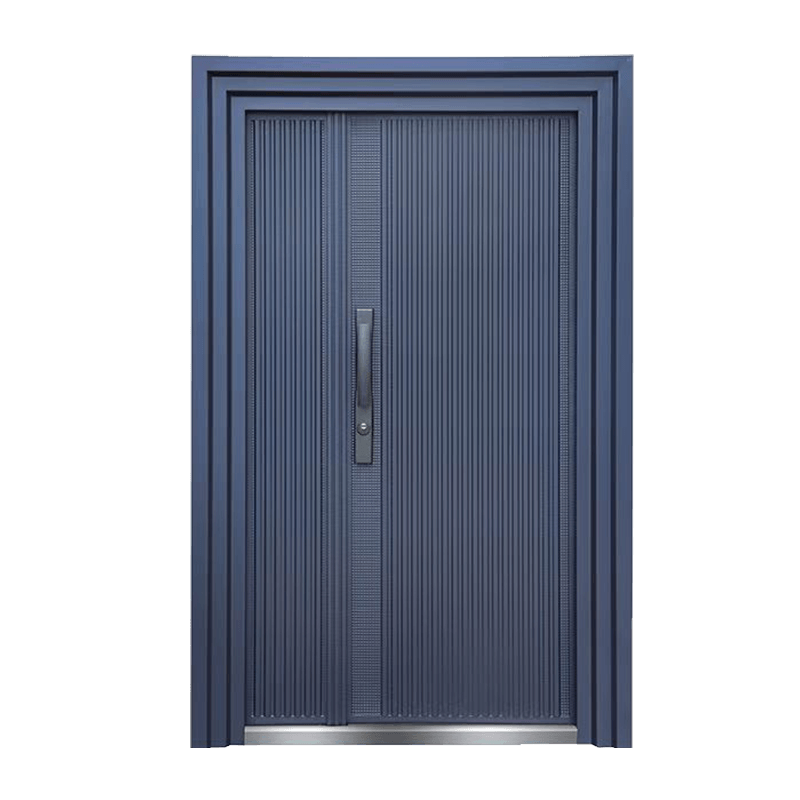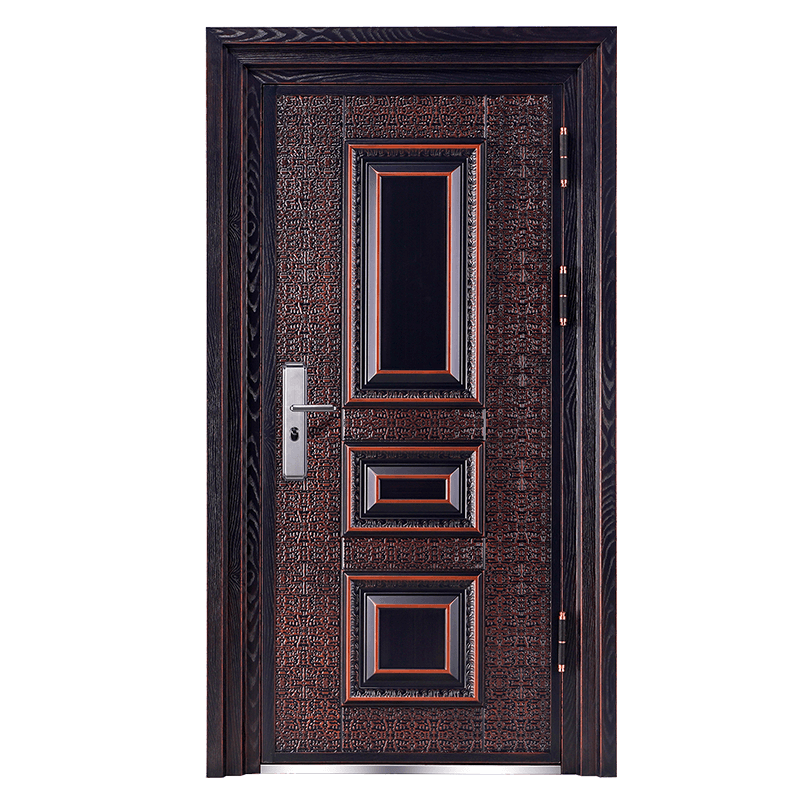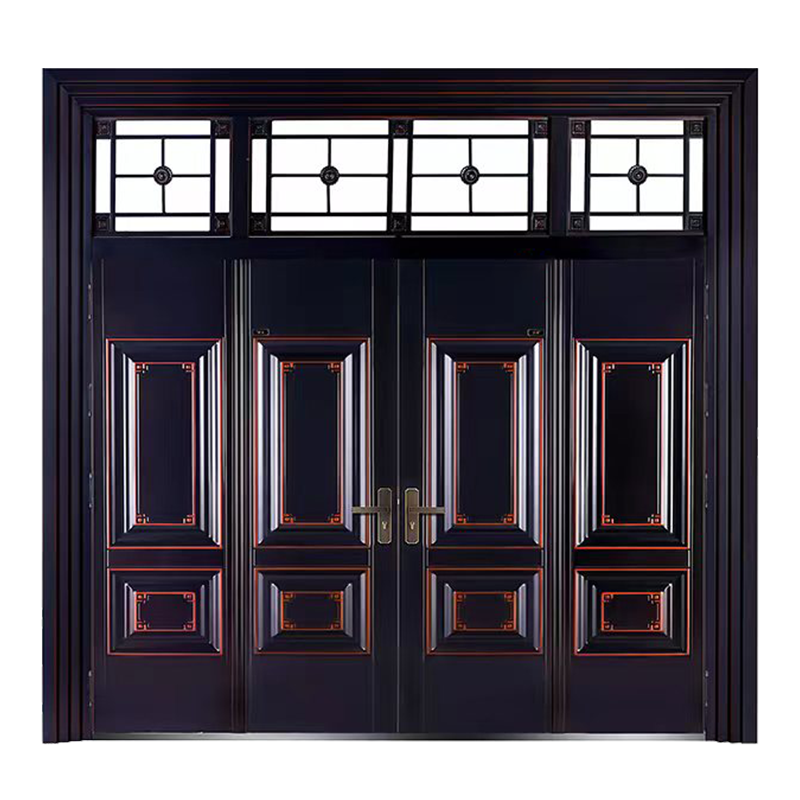Ensuring Quality in the Production of Fire Resistant Windows
Jul 29, 2024
China Custom Fire Resistant Window Manufacturing Supplier
Fire resistant window is a critical component in modern building design, providing both safety and security against the devastating effects of fire. The production process of these windows is a complex and meticulous affair, requiring a high level of precision and adherence to stringent quality control measures. This article delves into the various stages of the production process and the steps taken to ensure that every fire resistant window meets high standards of quality and performance.
Before we explore the production process, it's essential to recognize the role of fire resistant windows in building safety. These windows are designed to withstand high temperatures and prevent the spread of fire and smoke for a specified period, allowing occupants time to evacuate and firefighters to respond effectively. The quality of these windows is paramount, as substandard products can compromise the safety of the building's occupants.
The one step in the production of fire resistant windows is the design phase. Engineers and designers work closely to create a window that not only meets the required fire resistance standards but also integrates seamlessly with the building's architecture. The selection of materials is crucial; glass must be tempered or laminated to withstand high temperatures, and the frame must be made from materials that do not compromise the window's integrity when exposed to fire, such as steel or aluminum with a fire-resistant coating.
Once the design is finalized, the manufacturing process begins. This involves cutting the glass and frame materials to size, assembling the window components, and installing the necessary hardware. Each step is carefully monitored to ensure that the components are manufactured to the exact specifications required for fire resistance. The use of automated machinery and robotics can help maintain consistency and precision throughout the production line.
After the initial assembly, the windows undergo a series of quality control checks. These checks include visual inspections for any defects in the glass or frame, as well as functional tests to ensure that the window operates correctly. Special attention is given to the seals and gaskets, which play a critical role in maintaining the window's fire resistance by preventing the ingress of smoke and flames.
No production process for fire resistant windows would be complete without rigorous testing. Each window must be subjected to fire resistance tests that simulate real-world fire scenarios. These tests assess the window's ability to withstand heat, prevent the spread of fire, and maintain structural integrity. Only windows that pass these tests with flying colors are deemed fit for installation
The production of fire resistant windows is an ongoing process of improvement. Manufacturers must stay abreast of advancements in materials, technology, and testing methods to continually enhance the quality of their products. This includes investing in research and development, as well as training for employees to ensure they are equipped with the knowledge and skills necessary to produce top-quality fire resistant windows.
Finally, ensuring the quality of fire resistant windows extends beyond the production process. Manufacturers must also focus on customer satisfaction by providing good after-sales service, including installation support, maintenance advice, and prompt response to any issues that may arise. This commitment to service helps to build trust and confidence in the quality of the fire resistant windows produced.
The production of fire resistant windows is a multifaceted process that demands a combination of expert design, precise manufacturing, rigorous testing, and ongoing improvement. By focusing on these key areas, manufacturers can ensure that every fire resistant window they produce is of high quality, providing a vital line of defense against the dangers of fire. It is through this commitment to quality that we can safeguard the lives and property of those who rely on these critical safety features.

 English
English 中文简体
中文简体 Français
Français Español
Español عربى
عربى





